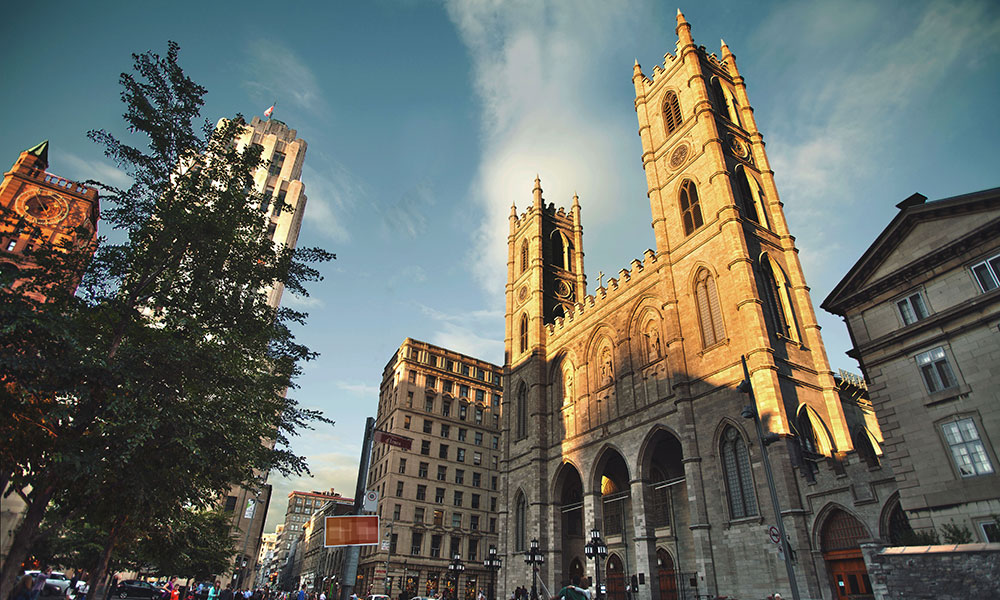
What Your Conference Can Gain by Embracing History
Spark innovation by incorporating older buildings and other significant venues.
History teaches in many ways. Sometimes learning happens on a guided tour or a walk-through of a historic building. Other times we soak up the past in quiet moments in front of placards.
Just being around historical attractions can create lasting experiences that help drive creativity and learning. As Todd M. Thrash and Andrew J. Elliot wrote in their study Inspiration as a Psychological Construct, “The heights of human motivation spring from the beauty and goodness that precede us and awaken us to better possibilities.”
For meeting planners, embracing history can go a long way.
There are many ways meeting planners can bring a city’s history into the fold of a conference—everything from planning sessions inside historical venues to sending attendees on intriguing historical tours and other unique off-hours opportunities that encourage attendance. “Architectural diversity that stems from a varied past, idiosyncrasies of place, and myriad cultural influences provides a unique canvas for locals and visitors to stimulate and express their creativity,” Alain Dufour, secretary general of the World Design Summit and co-director of the World Design Summit Organization, said.
The bottom line: Embracing history can make old new again, which, in turn, can spark innovation for the future.
Historical venues
Old buildings have character, and this character can spur creative thinking. This means hosting events in historical venues can bring out the best in participants, and move them to think in different ways.
Many cities have buildings of lasting significance, even in North America. Montréal, for instance, has a few structures that date back to the late 1600s. More common, though, are buildings from the late 19th and early 20th centuries. La Club Universitaire de Montréal, for example, opened in 1913, and the Centre d’histoire de Montréal began in a 1903 building that was a fire station.
“Montréal is also known for the abundance of its churches and is home to Canada’s oldest cathedral,” Dufour said. “These very churches have become venues for music, theatre, and events, with musicians such as David Byrne and the Montréal Symphony Orchestra giving concerts in the city’s old churches. Transformation of this type is common in this city.”
Historical tours
Sometimes it’s hard to distinguish from one old building to the next. This is where historical tours can make a difference. Many cities offer conference groups guided tours of historic areas to put history into perspective. Strolling city neighborhoods like Old Montréal, with its cobblestone alleyways and varied architectural styles that date as far back as 1685, is great for generating out-of-the-box thinking from attendees.
Other opportunities
Look for events that are both fun and informative, be they annual, seasonal, or one-off. Often, the best events celebrate the past. One example: Montreal’s 375th anniversary is coming up in 2017, which will pay homage to the founding of the city as a French colony. To commemorate this milestone, the city will host rollicking and interactive celebrations throughout the year, and will be imbuing previously scheduled meetings and events with a historical flair.
Christopher Marilley, director of marketing and convention sales at Tourisme Montréal, said the past can inspire innovations for the future. “The mix of all the different cultures and languages that are interwoven into [a city’s] history [create] a tapestry of ideas from around the world,” he said. “This translates into an openness to new approaches and new ways of doing things.”
(Handout photo)





